| Sorted by date | ||||||||||||||||||
page140from Building Ideasverbs or adjectives chosen from those available within the system. This technique of interpretation can be seen more easily with a restaurant menu, where items can either be read as components of a meal, or simply as alternative starters, main courses or desserts. Table 1 shows Barthes’ formalized version of this analysis, comparing a range of signifying practices and contrasting the “syntagmatic”(or sequential)
Table 1: “Syntagm and System”, after Roland Barthes, Elements of Semiology, p. 63.
|
||||||||||||||||||
|
||||||||||||||||||
|
|
||||||||||||||||||
page139from Building Ideas
These
archetypal themes are played out in countless individual myths and Lévi-Strauss’ ambitious intention
was to provide a universal “template” for their interpretation. It is this
emphasis on universality and the use of binary oppositions as units of meaning
that lends his method its immediate impact as well as exposing its obvious
limitations. The archetypal themes which appear in myths and seem to limit
their potential meaning relate to the inherited structure of language that
apparently limits the possibilities of expression. This “displacement” of the
individual subject from its sovereign position as a free-thinking person is one
effect of the structuralist view of the world which later philosophers
attempted to address. The implicit determinism in Lévi-Strauss’ approach to culture
seems to result from his overreaction to phenomenology and existentialism – he
disparaged their emphasis on the individual subject’s experience and sought
instead for a more objective means of analyzing and interpreting reality. His
quest, like Edmund Husserl’s, for a truly “rigorous science”, had resulted in a
similarly isolated study of the “essential” structures of meaning.
Projecting
some of these insights back into the social context of experience has been the
task of those more recent writes who have been influenced by structuralist
thinking. Of these, one of the most provocative is the French critic Roland Barthes,
who also demonstrated in his later work the influence of structuralism on
deconstruction. As Lévi-Strauss had already demonstrated that the linguistic model could
be applied to social practices – such as marriage laws, religious rites, food
preparation and so on – Barthes was able to extend this thinking into the
context of contemporary culture and at the same time assess its political
implications for our understanding of sign systems. Barthes also amplified Lévi-Strauss’ analysis of the
ways in which signs transmitted their meanings, based on two alternative ways
of interpreted a word, either by category or position within a sentence. By
this he meant that words could be understood as part of a continuous chain or
sequence, where they acquire meaning by their position and context, and through
their relationship with other words in same sentence. On the other hand, they
can be understood in terms of categories or groups of words, or as alternative
nouns
|
||||||||||||||||||
|
||||||||||||||||||
|
|
||||||||||||||||||
page138from Building Ideas
of sound, Lévi-Strauss identified “mythemes” as the units of
meaning within a story. As with language, it was not the semantic reference of
the individual mytheme that was most important: as he admitted, many myths
contained quite superficial literal meanings. What was significant was the way
in which the units were combined into a story, the presence or absence of
particular characters and the sequence of events in which they were involved. Lévi-Strauss provided a
demonstration of his theory in his analysis of the Oedipus myth, which he
showed depended on a series of themes which are acted out by the figures in the
story. He highlighted a series of general contradiction with which he claimed
the myth was attempting to deal, such as the oppositions between culture and
nature, male and female, marital relations and blood relations, together with
the general mysteries of life and death and the origins of mankind. The fact
that myths always address these fundamental dilemmas provides the true meaning
beneath their surface appearance and they are thus composed, like works of art,
to make sense out of the chaos of the world. This theme of imposing patterns
upon the flux of everyday experience forms a parallel to techniques of
psychoanalysis such as the interpretation or decoding of dreams.
The
latter field uses the technique as a way of resolving psychological dilemmas
and in a similar sense Lévi-Strauss sees a myth as a kind of interpretive or mediating device
– an attempt to resolve the kind of oppositions set out in the list above. This
theme is often taken up by a particular character within the story, such as
with the trickster figure he discovered in the mythologies of the North
American Indians. The trickster is a hybrid of mortal and divine being who
appears in a range of different guises and is used to help make sense of
mysterious phenomena by shifting from one mode of existence to another. This
theme of the intermediary as a useful explanatory device also occurs in
religious traditions in a somewhat similar role – the Greek gods who could
adopt various human forms to interfere with everyday events and the figures of
Christ and the angels as divine messengers of the word of God all have the
ability to move between one world and another and are thereby used to explain
away apparently contradictory aspects of experience.
|
||||||||||||||||||
|
||||||||||||||||||
|
|
||||||||||||||||||
page137from Building Ideas
In
The Elementary Structures of Kinship, which first appeared in 1949, he applied
this model to the laws governing marriage in various so-called primitive
cultures. At first sight this application might seem somewhat inappropriate, as
the make-up of family units appears to be not primarily a means of expression.
Lévi-Strauss,
however, demonstrates that these relationships are governed by laws – a complex
network of codes and prohibitions that provides a sense of order and structure
within a community. By this means, he shows that kinship laws act as a form of “representation”,
a symbolic language through which a community describes itself in structural
terms. By following the authority of these implicit codes, a tribal grouping
can maintain its sense of order, as individual decisions and actions can always
be related to the larger patterns. Rather than the object-centred approach of
traditional anthropology, which concentrated on the nuclear family unit as a
basic building block of a society, Lévi-Strauss instead followed Saussure and considered the relations
between these units. He observed that patterns of intermarriage followed a ritualized
process of exchange, resulting in important bonds between groups of families,
due to connections such as parents/siblings, children/cousins, etc. beyond the
immediate child/parent relationship. The females were often “exchanged” in
marriage, as part of this process of maintaining order, and a similar system
often operated in other ritualized customs such as gift-giving, trading and
religious practice. To Lévi-Strauss these patterns also betrayed the attempt to explain the
underlying structures of nature, such as where the community forms a microcosm
of the world, and procreation becomes a metaphor for creation.
This
is explained more comprehensively in what is probably Lévi-Strauss’ most representative
book, his collection of essays entitled Structural Anthropology, published in
French in 1958. In this book he develops much further the analysis of cultural
practices as forms of expression, with studies on the structural analysis of
myth, alongside magic, religion and art. This work forms a parallel to his study
of kinship in its emphasis on underlying order, in particular the idea that
meaning emerges from the way basic units are combined into systems. Where
Saussure had analysed language in terms of “phonemes”, or units
|
||||||||||||||||||
|
||||||||||||||||||
|
|
||||||||||||||||||
page136from Building Ideas
A
science that studies the life of signs within society is conceivable; it would
be a part of social psychology and consequently of general psychology; I shall
call it semiology (from Greek semeion ‘a sign’). Semiology would show what
constitutes signs, what laws govern them. Since the science does not yet exist,
no one can say what it would be … Linguistics is only a part of the general
science of semiology; the laws discovered by semiology will be applicable to
linguistics, and the latter will circumscribe a well-defined area within the
mass of anthropological facts.6
Structures of Society – From Lévi-Strauss to Barthes
Appropriately, the first to occupy the
territory staked out in Saussure’s work was the French anthropologist Claude Lévi-Strauss, born in 1908, who
is perhaps today the most closely associated with the spread of structuralism
in cultural analysis. Lévi-Strauss had travelled in South America while teaching in Brazil
in the 1930s, and based much of his later writing on this early experience
working in the field. In one of his early works, Tristes Tropiques, published
in 1955, he described his three major influences as “geology, Marxism and psychoanalysis”
– he claimed that all three disciplines demonstrate that “the true reality is
never the most obvious”.7 The principle in all these practices, that surface
effects are invisibly determined by the influence of underlying structures, is
an important factor in Chapter 5 of this book. For now, it is the language
model that provided the structure for Lévi-Strauss’ work, as he searched for a similar system of “differences”
to that which Saussure had uncovered in language. As an anthropologist he
studied societies that had changed very little with the passage of time and
this allowed him to isolate them “synchronically”, as Saussure had recommended
with language.
|
||||||||||||||||||
|
||||||||||||||||||
|
|
||||||||||||||||||
 ... ...
... ...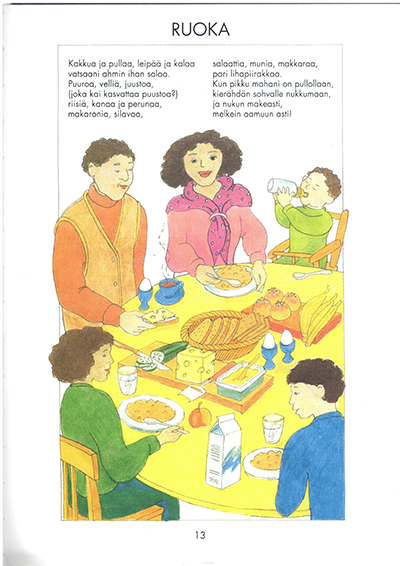 ... ...
... ... ... ...
... ...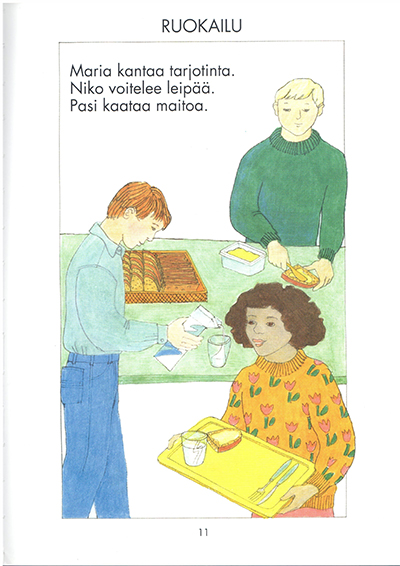 ... ...
... ...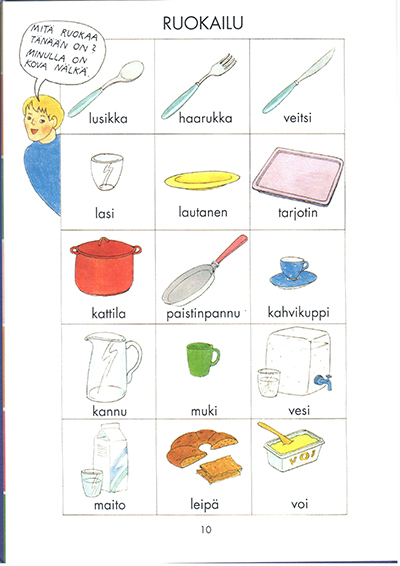 ... ...
... ...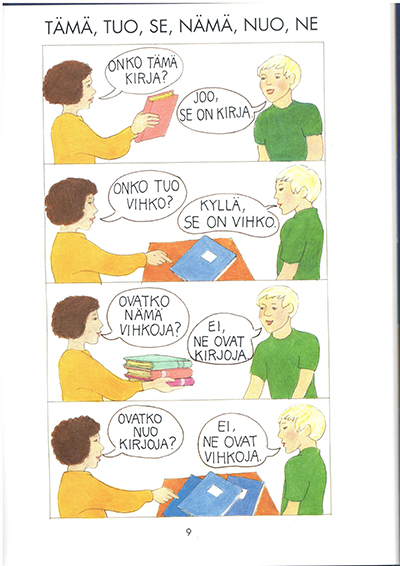 ... ...
... ...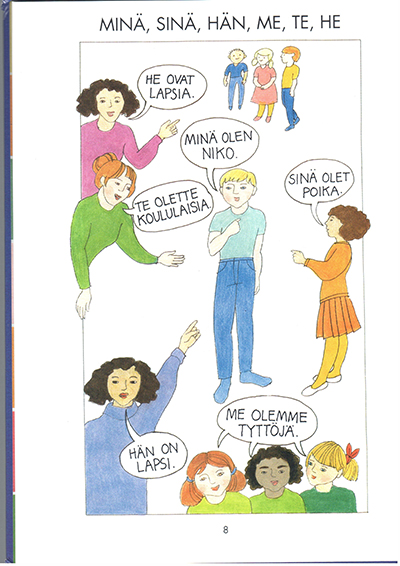 ... ...
... ... ... ...
... ...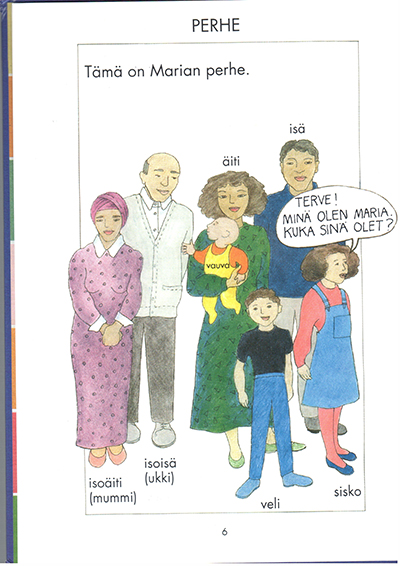 ... ...
... ...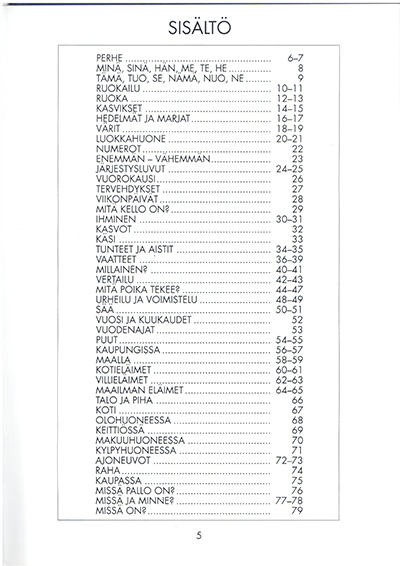 ... ...
... ... ... ...
... ...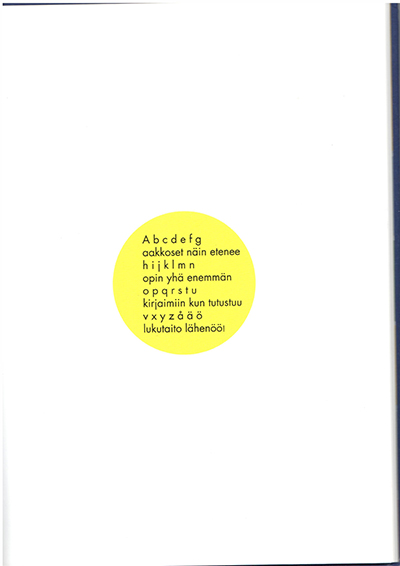 ... ...
... ...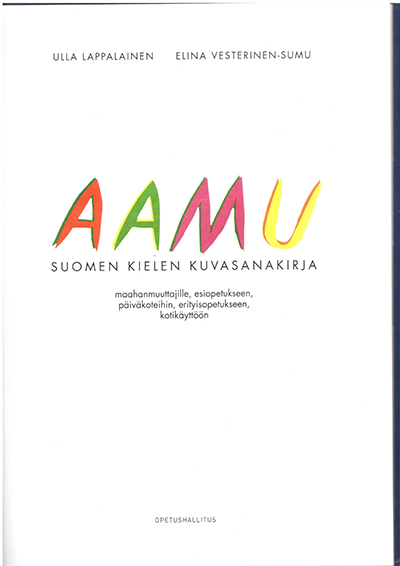 ... ...
... ...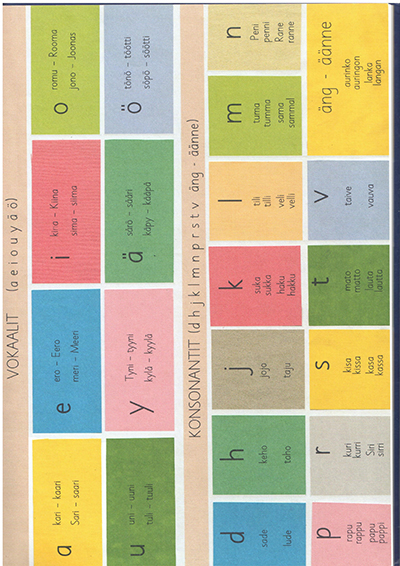 ... ...
... ... ... ...
... ...